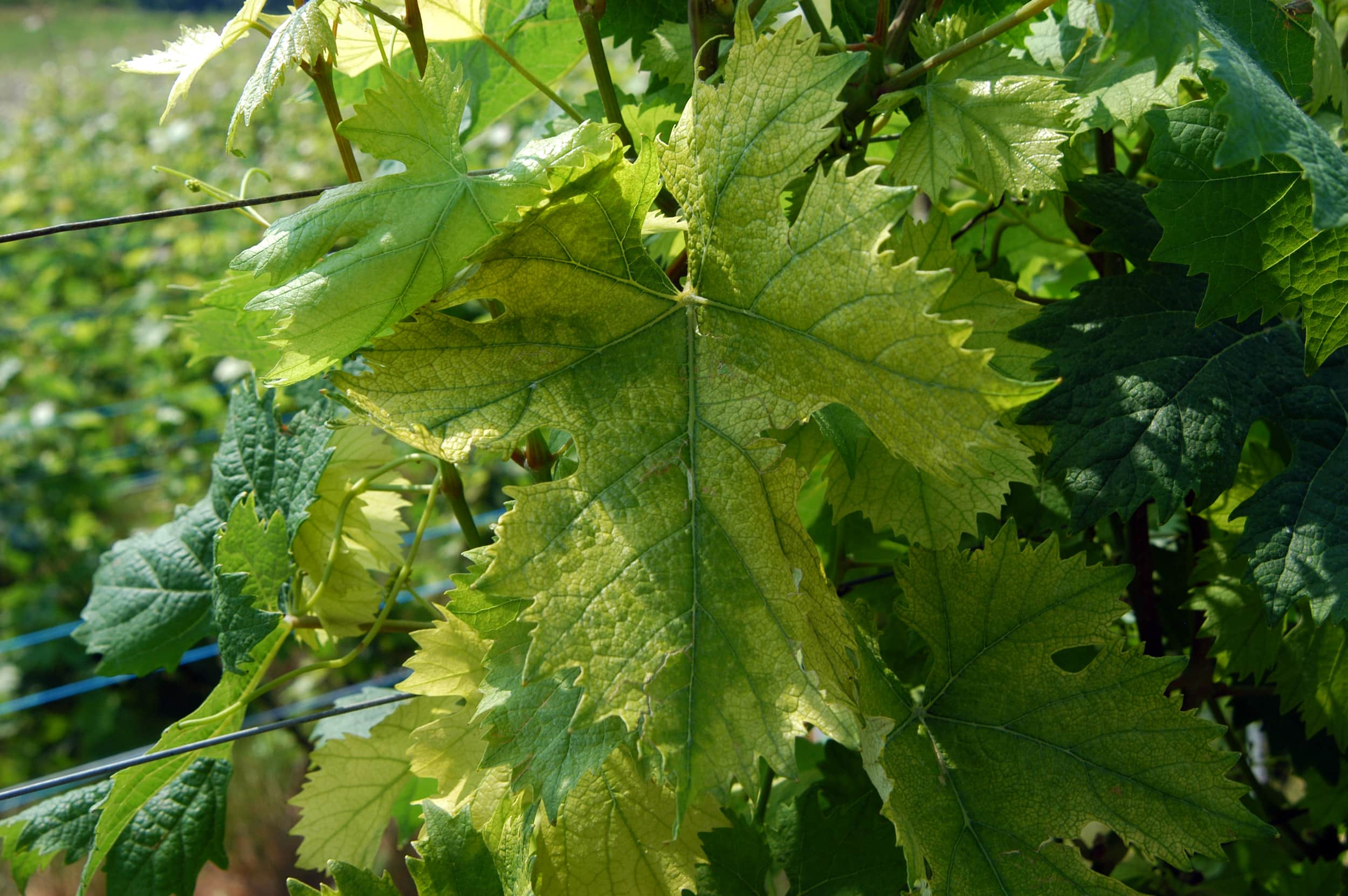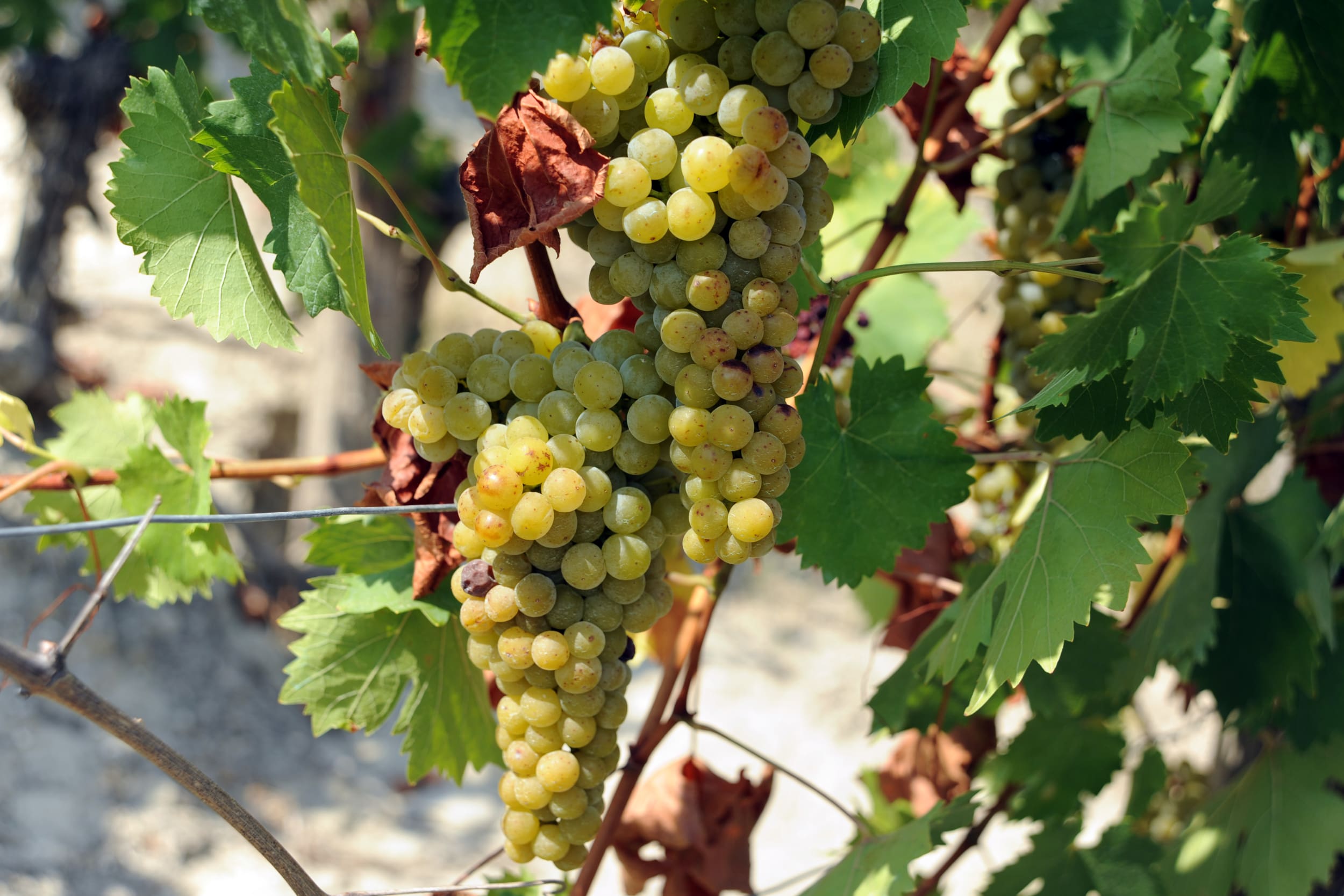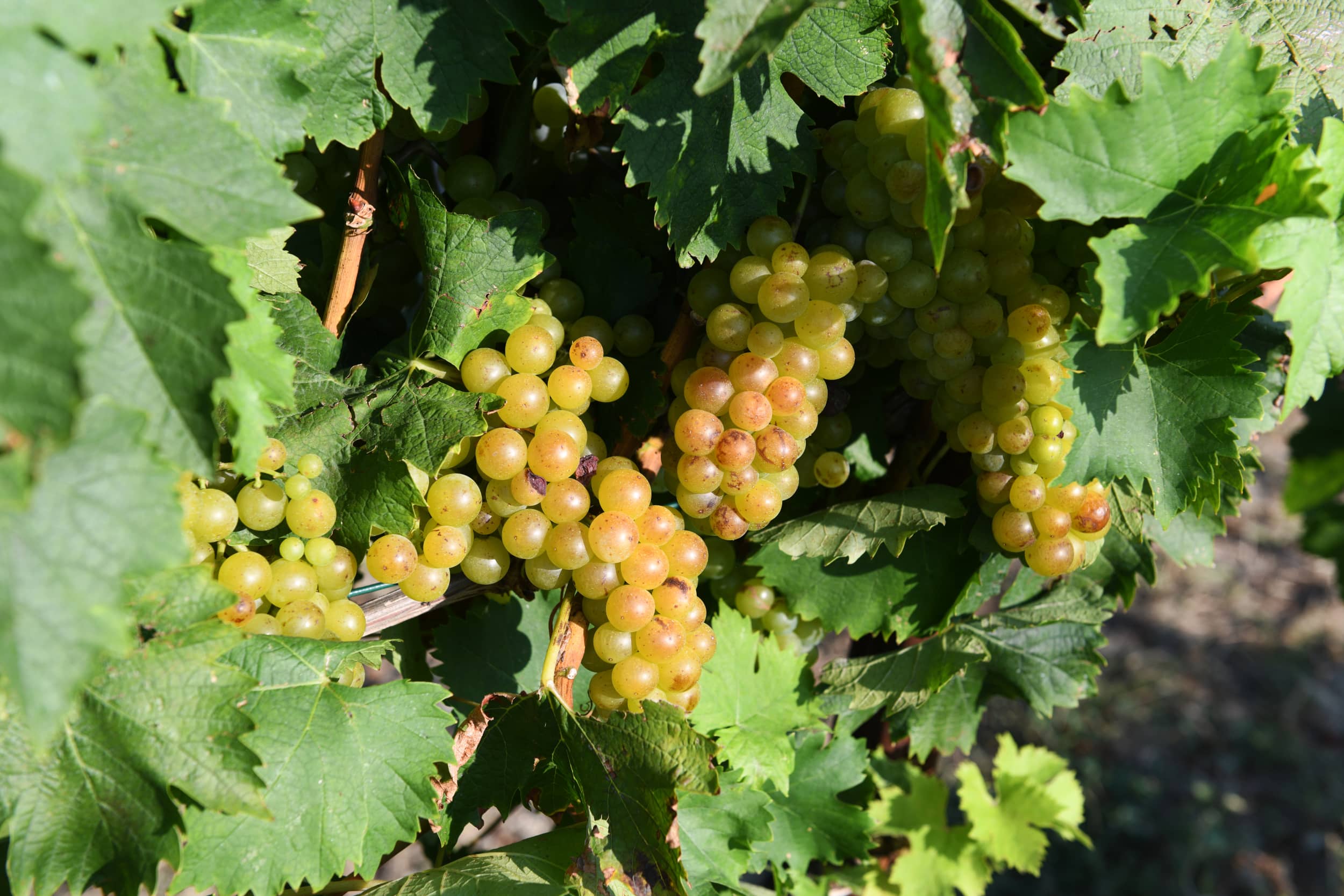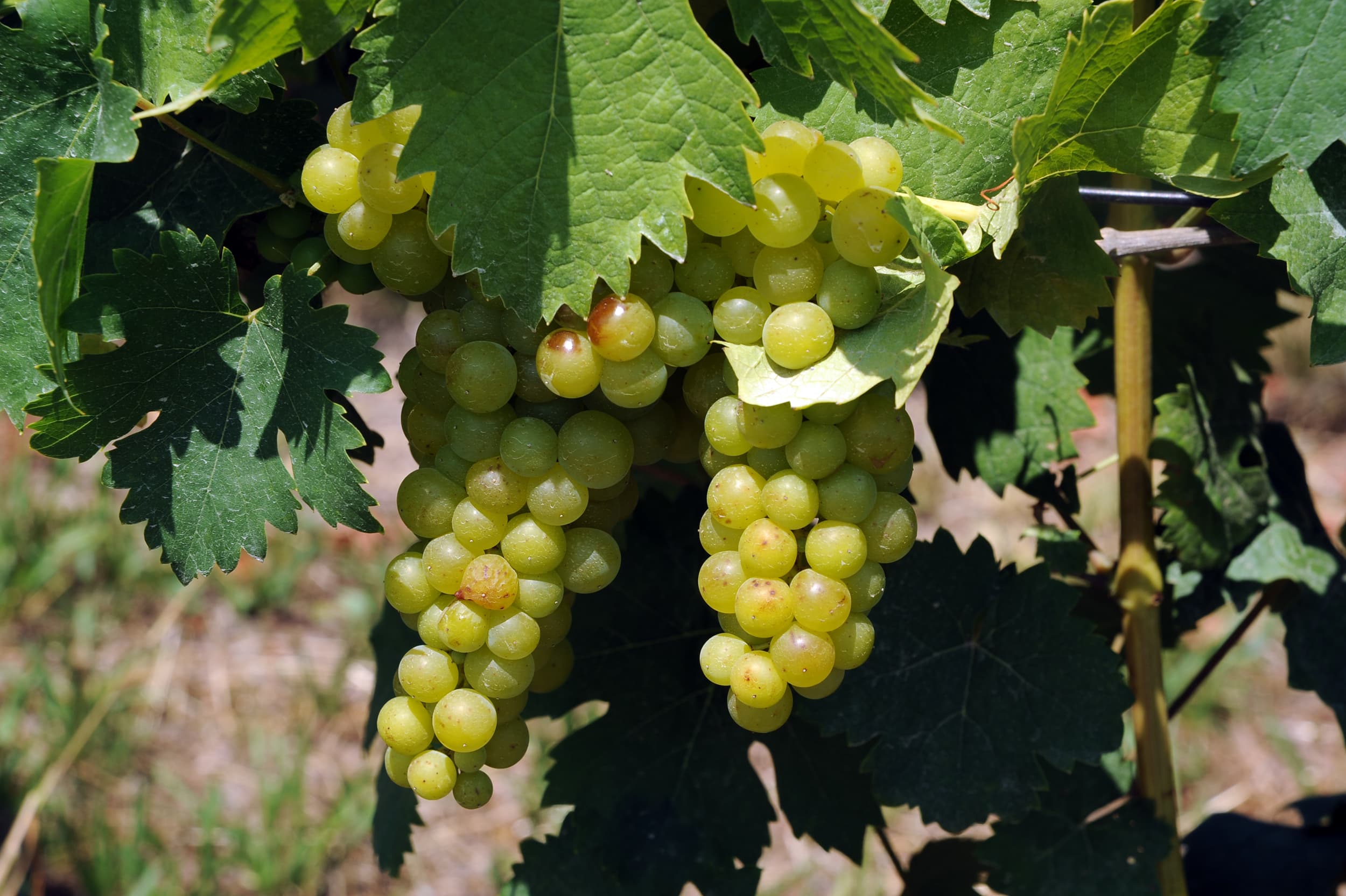spring yellows
Spring is the season in which plant activity is particularly intense. The awakening of the vegetation, the first stages of shoot growth and the corresponding activity of the root system, particular to this period, represent the main occupations of the vines in this period. The factors that can condition its good evolution are essentially the climate and the physical characteristics of the soil. It may happen to observe sudden yellowing of the leaves. They can have different intensity and diffusion within the vineyards. There is also a certain variability regarding the vintages, as they are individually different for the climate.
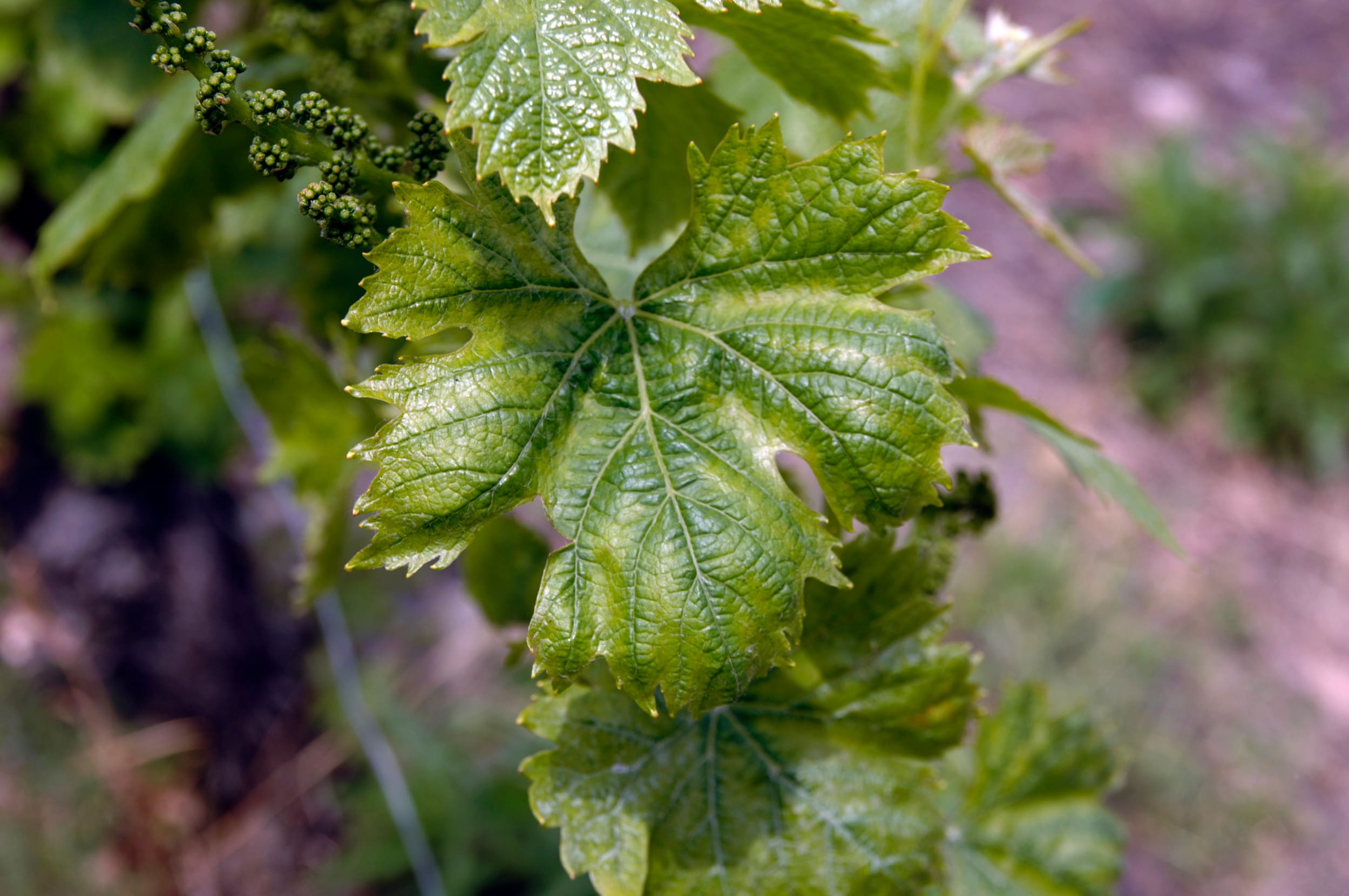
Symptoms
At the beginning of the new vegetation, the most important part of the plants is the underground one. Since it is quantitatively greater, and since the functions of the epigeal one are correlated to it, any condition of stress or suffering in the subsoil is immediately perceived and made evident by the appearance of particular symptoms. The loss of intensity of the color of the leaves with yellow shades are the most immediate signs. If the circumstances of suffering persist, the yellow tones become more intense, especially with regard to the adult leaves. Those at the apexes are clearer, sometimes tending towards white. Furthermore, in cases of greater suffering, partial desiccation of the limb of the vine leaves is highlighted. In the case of multiple physiopathies, the particularity of these symptoms is the design of the veins, which tend to remain green and therefore their texture becomes even more evident.
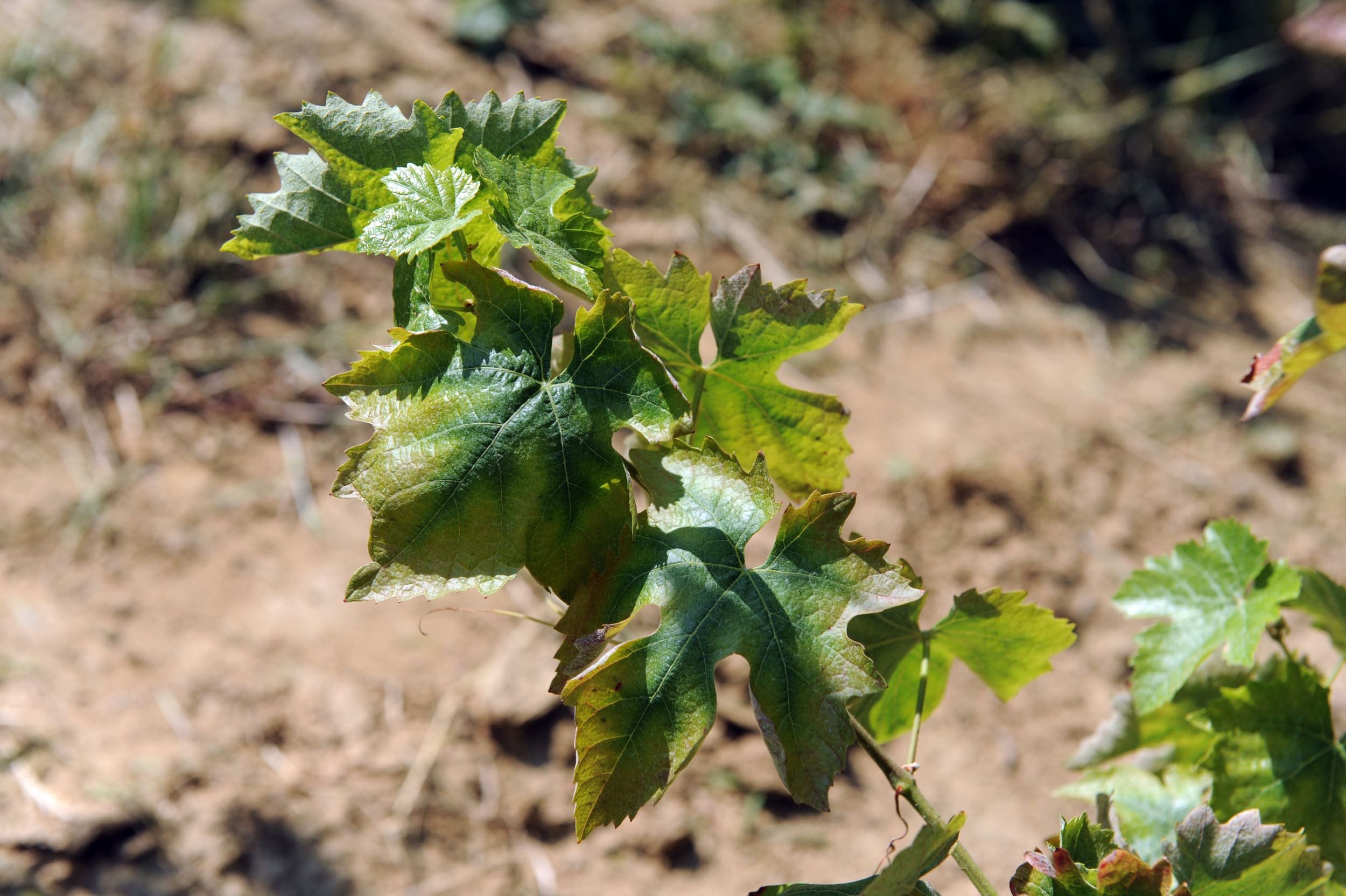
Main causes
The main causes can be described as follows:
- little presence of air in the subsoil at the level of the root assimilation zones. The hypogeal apparatus consists of very delicate formations that promptly perceive any element of variation and discomfort;
- good presence of limestone typical of Moscato soils. This predisposing factor is constant every year as it characterizes each soil;
- characteristic level of development of each vintage. In fact, it depends both on the soil conditions and on the climate;
- the specific genetic susceptibility of each biotype or variety.
As for the manifestations, they can be the consequence of one or more joint factors. Therefore, a rich range of circumstances is defined, from which these sufferings derive, the manifestation of which can be foreseeable in some cases, unexpected in others; it can be of considerable diffusion and intensity, or mild and limited in patches.
When the factors that have the most influence are those related to the season, the problem can resolve itself spontaneously as the climatic conditions and, above all, the vegetative activity vary. If, on the other hand, there are more factors specific to the vineyard that favor the appearance of yellows, recovery is decidedly more unlikely. While the symptoms subside during the summer season, the suffering and limitation of the plants to complete all the physiological functions of the cycle in the best possible way remains.
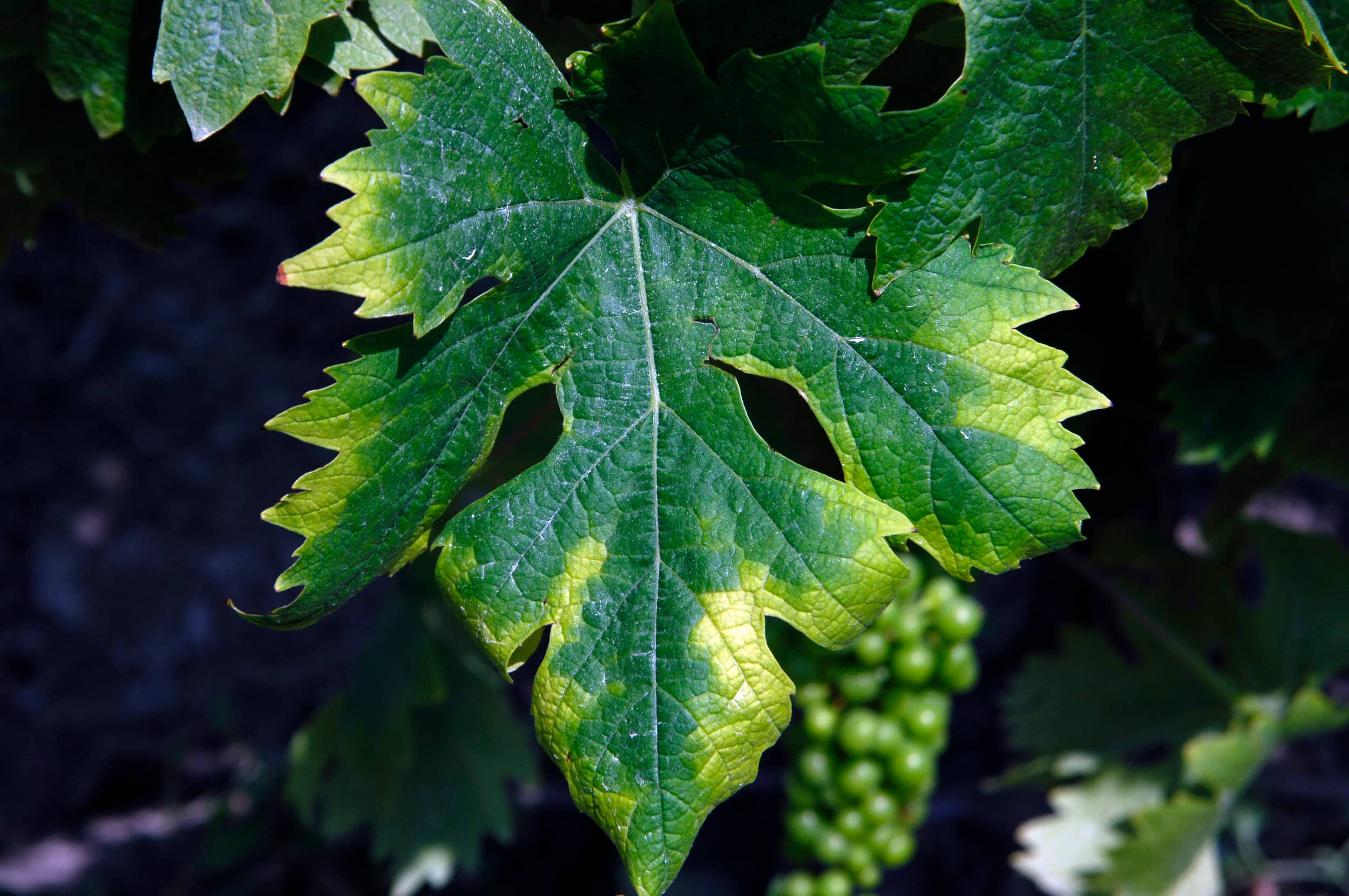
the consequences
The main consequence is the progressive aggravation of the causes. Each year, the resumption of the new cycle will take place with the plants a little more weakened than in the previous year. If the predisposing environmental conditions persist, the circumstances of suffering will therefore be potentially greater. In this case, the variability of the climate defines the particularities of the moment and can be favorable to the plant or worsening.
Once the sensitivity of the biotype and the peculiarities of the soil (often autochthonous) are defined as acquired elements, it becomes important to adopt prevention measures useful for making the phenomenon less incisive and, above all, for slowing down the progressive weakening of the plants.
In the soil, the root systems develop freely and are progressively selected from the least favorable conditions they find. Therefore, with the passage of time, they spread according to an ideal distribution for that place from which the least suffering will derive. In this balance, which remains precarious in any case, accidental events that modify the factors that constitute it represent a serious danger for the vineyard. The return of suffering can be, in these cases, rapid and intense. The constant and correct relationship between air and water in the subsoil becomes a basic element of prevention and it is appropriate that the commitment of the winemaker is particularly directed towards this. In relation to the texture, depth and position of the soil, the strategies can vary; the goal remains unchanged.


